Nestled in the foothills of the South Downs of East Sussex, England, is the little village of Berwick, surrounded by hedgerows, copses and fields. As a child, I spent many summers horseback riding across the Downs or cycling the meandering lanes around the village which has been inhabited since prehistoric times. At the end of one of these lanes, that are just wide enough for one car to pass, there is a narrow footpath to Berwick Church of St Michael and All Angels. It is a picturesque place where my husband and I were married, and my grandparents and parents were remembered after they passed away.
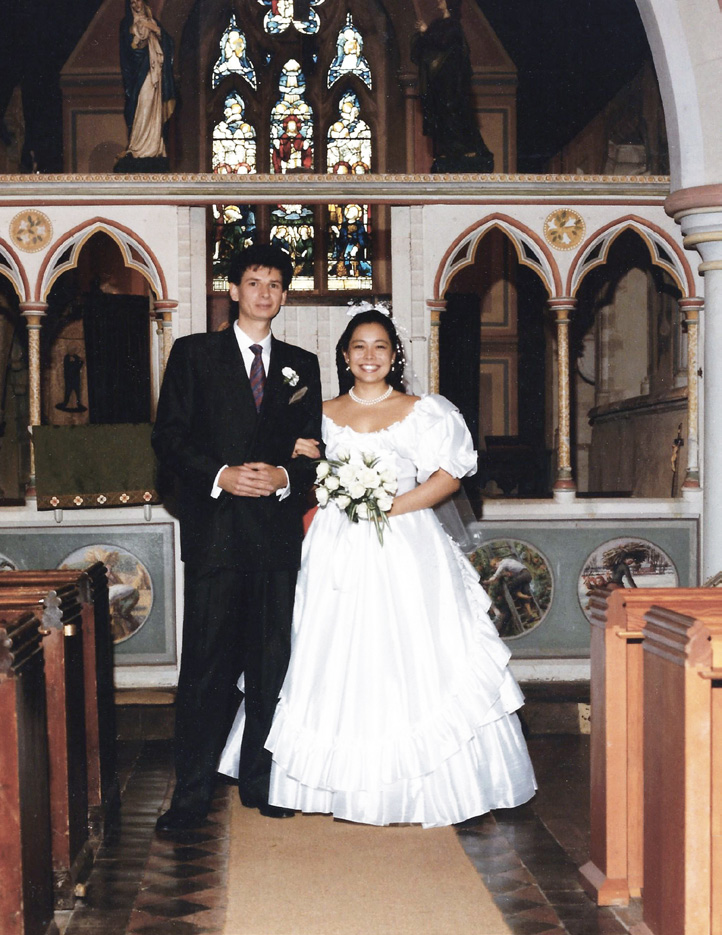
The original church building is from the 12th century but is thought to have been a spiritual location long before Christianity arrived in England. It was at one time a Roman Catholic Church converting later to the Church of England. The building has been rebuilt and added too many times, over in its long history. It has become the unlikely home of a “remarkable decorative scheme…of national and even international importance,” according to Sir Nicholas Serota, Chair of the Arts Council England, and the former Director of the Tate.
The “decorative scheme” was born at a time darkened by the closure of galleries, the loss of teaching posts and a lack of art commissions. While this could easily apply to the plight of many artists in our current Covid-19 world, instead this scenario took place in 1939 as World War II erupted in Europe. A letter to The Times, written by Kenneth Clark, then Director of the National Gallery, said, “At present, artists and designers of all kinds are suffering the most serious distress … in spite of public recognition of this fact little has yet been done to help them.”
Reading this letter was Right Reverend George Bell, Bishop of Chichester, a poet who became a clergyman but still managed to make the arts a part of his life. Earlier in his career, as the Dean of Canterbury Cathedral, he established the Canterbury Festival (of the arts — that continues to this day), inviting notables such as T.S. Elliot, Gustav Holst and Dorothy L. Sayers. His awareness of the plight of artists led him to try and revive the relationship between contemporary artists and the church. He said, “Artists are exceptionally hard hit…it is more important than ever to keep the arts alive, with all that they represent, in times like these.” Remembering the relationship in pre-Reformation times, he stated “the Church offered all manner of opportunities to the Artist —the sculptor, the painter, the craftsman as well as the architect.” The evidence of their genius and their skill is to be found in churches and cathedrals all over England.” The Reformation changed that relationship with the split of the Church of England from the Roman Catholic Church, which lead to
religious imagery being discouraged. Bishop Bell strove to renew the relationship, feeling that artists should have a role contributing to the ministry and life of the church.
The result was a commission to paint scenes from the Bible on plasterboard erected in the interior of Berwick Church. Duncan Grant, a member of the Bloomsbury Group, living close by at Charleston Farmhouse, offered to spearhead the project.
The Bloomsbury Group was comprised of intellectual friends and family, who were artists, art critics, writers, and philosophers. This fluid group included John Maynard Keynes, the economist, and the writer Virginia Woolf, who was a pioneer of the concept of ‘stream-of-consciousness’ as a narrative style. They lived, worked, and socialized together over many years, first in and around Bloomsbury in London, hence their name, and later in East Sussex. These bohemians rebelled against the constraints and conventions of Victorian and Edwardian society, developing their own ideas and philosophies which impacted post-impressionist art, literature, feminism, and sexuality. Some say this group was the “heart of the modernist movement” and changed the face of art in Britain. The painters of the group were Duncan Grant, Quentin Bell and his mother, Vanessa Bell (no relation to the Bishop), sister of author Virginia Woolf, and wife of art critic Clive Bell who developed the aesthetic theory of “significant form.”
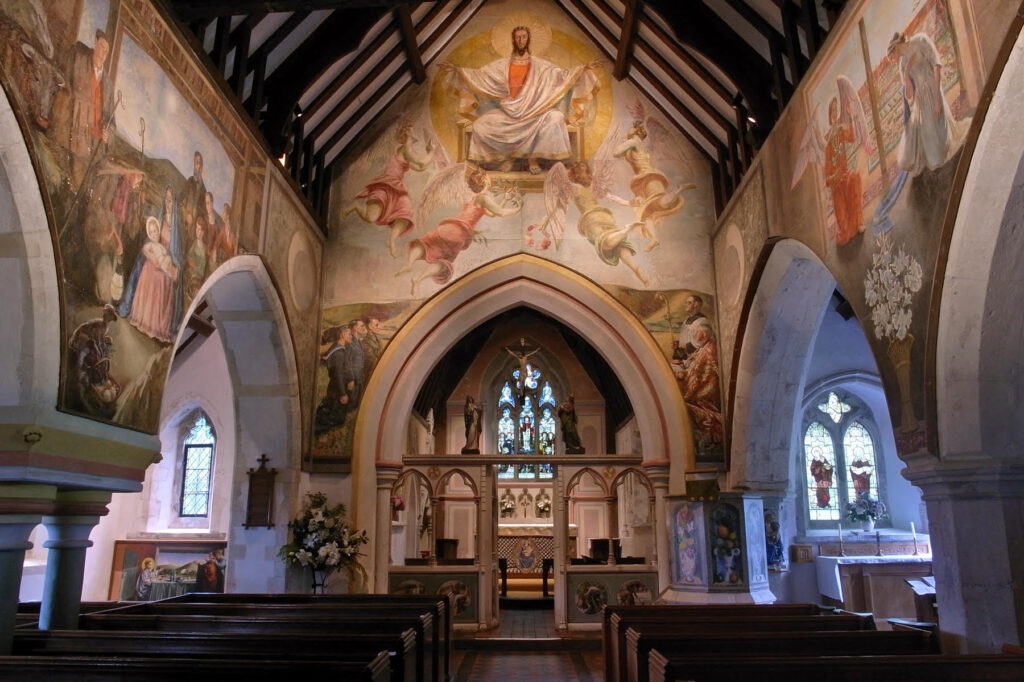
Duncan Grant undertook the project with Vanessa and Quentin. Surprisingly, although all of them were atheists and modernist revolutionaries, they undertook the commission with professionalism, dedicating themselves to the study of the Bible stories they were
to paint and taking heed of the classical nature of historical church paintings. In his youth, Grant had studied and copied many famous paintings at the National Gallery and had traveled to Italy where he was inspired by the renaissance paintings that covered the churches there. He also understood that there were many in the Church and in the local community who were not persuaded that contemporary art had a place in old churches, and so he appreciated the need to be more conservative.
Following Bishop Bell’s lead, Grant and Vanessa Bell recreated the classic scenes of the “Annunciation,” when Mary was visited by the Angel Gabriel, the “Nativity,” then Jesus was born and “Christ in Glory,” showing him after his resurrection and ascension into heaven. Quentin Bell painted the “Wise and Foolish Virgins.” They wove their own experiences and emotions as well as images of themselves, their friends, and many local villagers into the scenes. Paintings of the four seasons and six sacraments, which adorn the two sides of the chancel screen, were of villagers going about their daily lives in this farming region and their religious celebrations. In a nod to the war effort, three local men are shown kneeling in uniform below the image of “Christ in Glory.” In the “Annunciation,” painted by Vanessa Bell, there is a somberness that seems at odds with the story, but is probably telling of her own experiences, where her sister had recently committed suicide and her relationship with her daughter had soured. This project may have provided some much-needed art therapy.
The finished commission had mixed reviews and, although Grant was keen to continue the project further, it was not to be. It has been suggested that he experienced a transcendence while working at Berwick, which may have fueled his desire to continue painting there.
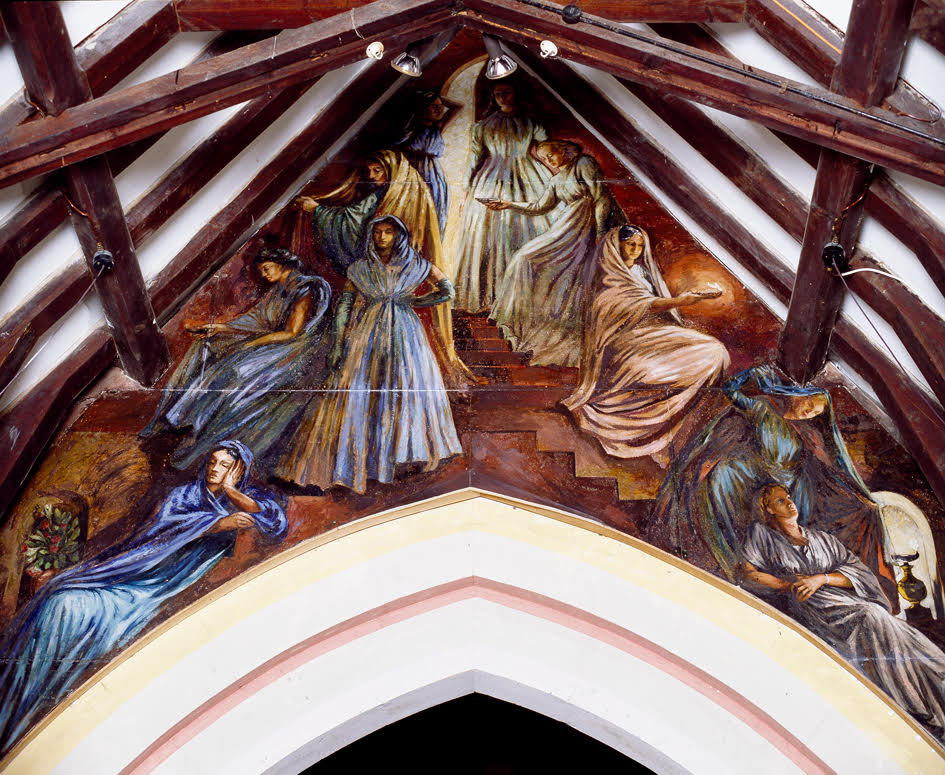
The project was completed in 1943. It became a part of the life for the locals attending the church. Over the years the paintings degraded. It was not until some years after the current rector, the Reverend Peter Blee came to Berwick, that the value of these paintings was once again recognized. He noticed that the years had not been kind to the artwork and the paint was starting to flake in several areas. These murals had been created as temporary experiments using a water-based paint that dried fast but was not created for longevity. Prior efforts at restoration and protection had not been successful, so Reverend Blee set up a committee to raise the money for new repairs.
The few flaking paint chips in 2013 turned into a multi-year £1million ($1.3million) project. It required a new roof with insulation, as well as digging up the floor of the entire church to install under-floor heating, before the paintings were even touched. This restoration has been achieved with a grant covering 63% of the costs from the National Lottery Heritage Fund, but the rest has been founded by local fundraising. They are now only about £10,000 away from their final goal, but the last bit as always is the most difficult to raise. The project is nearly complete despite delays due to the pandemic and they hope to have an unveiling later this year.
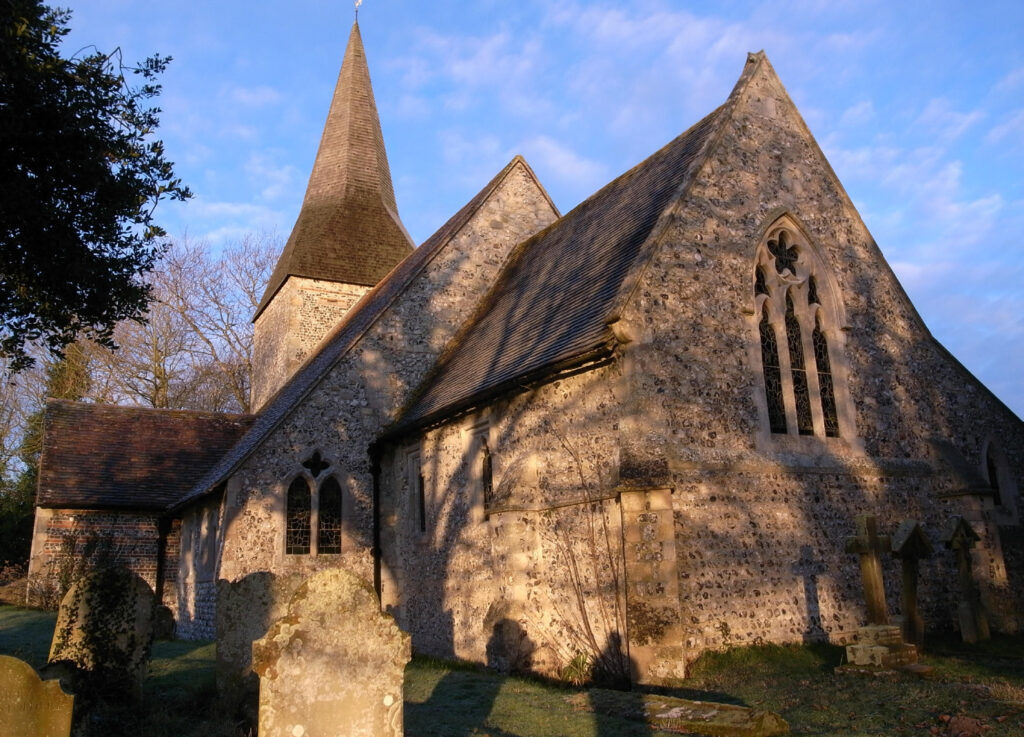
This whole story is told by the Reverend Blee in his book “The Bloomsbury Group at Berwick Church.” The rector is a modern-day renaissance man and a solid man of the church, beloved by his congregation. His depth and breadth of knowledge are extraordinary as well as his ability to make the complex easy to understand. Whether you are looking for Christian insight, an explanation of art and history or an understanding of the complex personalities involved, Reverend Blee explains it simply and weaves it all into a fascinating read that makes you want to see it in person. He, like Bishop Bell before him, values relationships with anyone who appreciates the history, beauty, spirituality, and artwork of Berwick Church, regardless of faith. Transcendence is not only for the church faithful. Anyone can visit Berwick Church and be moved.
berwickchurch.org.uk – “The Bloomsbury Group at Berwick Church” by Peter Blee

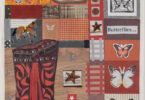

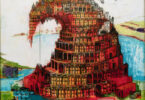

Lovely article Marina, especially as we are now, so many miles away. Without Peter I’m sure none of the restoration and conservation of these very important painting would have taken place.